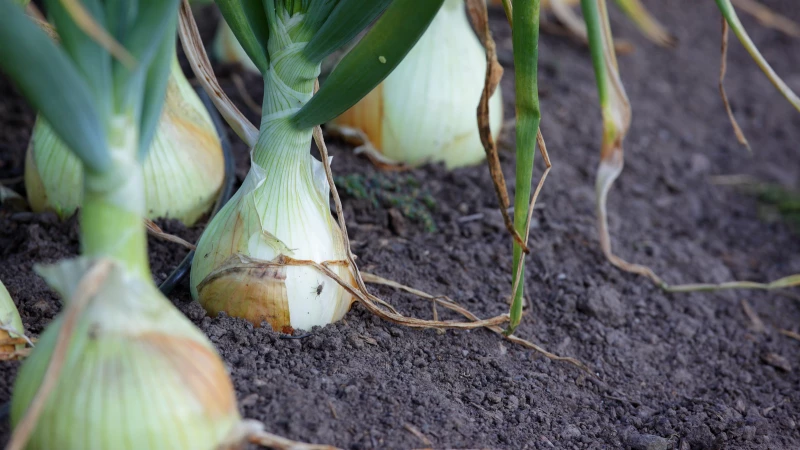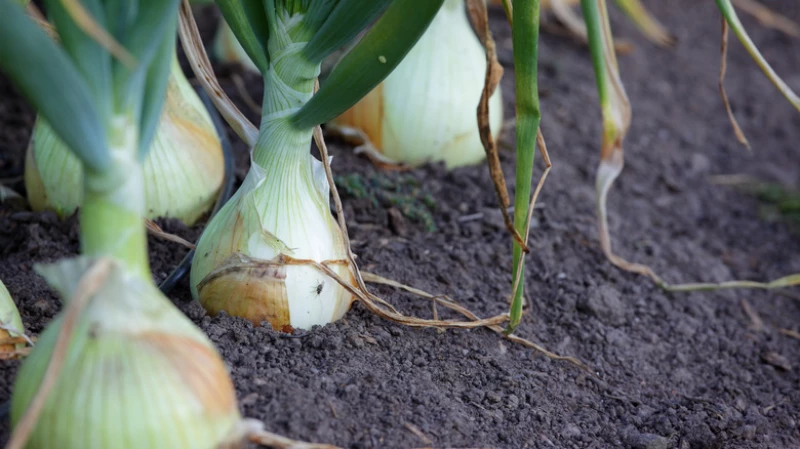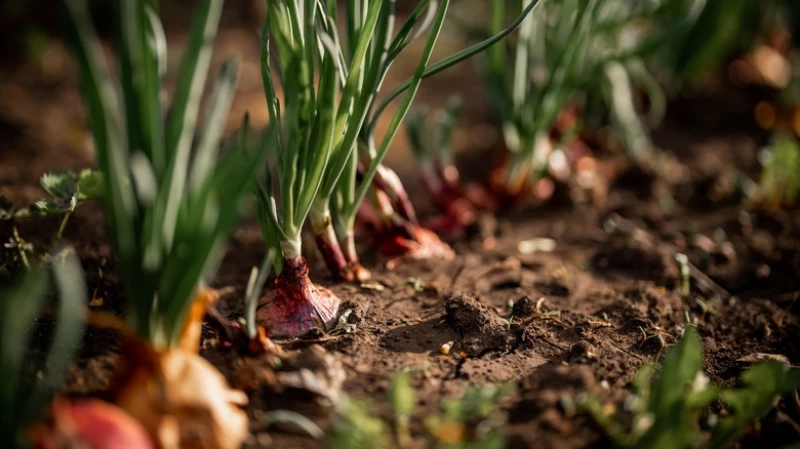When it comes to growing onions, sunlight is key. Different varieties have different sunlight needs, with some requiring 16 hours or more each day. Short-day onions, on the other hand, do well with 11 to 12 hours of light. Sunlight is essential for onion development and flavor. It provides the energy needed for the plants to grow larger bulbs, resulting in the onions we love. Maximizing sunlight exposure can lead to bigger onions, but the onion species also plays a role in their growth.
Opt for the Appropriate Onion Variety for Your Region
Your choice of onion variety should align with the sunlight conditions in your region during the typical growing season. Long-day onions delay bulb growth until the day length reaches 14 hours or more. Planting them in an area where this extended daylight only occurs in summer will hinder bulb development. On the other hand, short-day onions start forming bulbs with as little as 10 hours of daylight. There are also intermediate onion varieties that require 12 to 14 hours of daylight to thrive.
Onions thrive in a sunlight-supportive environment, making it essential to choose the right varieties and planting conditions. Long-day onions like 'Early Yellow Globe,' 'Ebenezer,' and 'White Sweet Spanish' require more daylight for leaf growth and bulb production, making them suitable for northern regions where planting in early fall leads to harvesting in late summer. In contrast, short-day onions such as Vidalia and 'Million Dollar Baby' are ideal for southern areas, starting growth earlier for spring harvest. Intermediate options like 'Superstar' and sweet red onions are planted in fall for a summer harvest.
Create a sunlight-supportive environment for onions
Onions are a fantastic crop to grow in a home garden, but getting the conditions right is critical. They need certain well-draining soil boosted with organic material. No matter how you grow them, though, from seed, small bulbs, or transplants, you need to ensure they are placed in the garden in such a way as to allow for ample light. One key factor to consider is companion planting other vegetables with onions. If you place taller plants in the way of direct sunlight, that's going to create limitations on the bulb development of your onions. Choose lower-growing companion plants instead, such as carrots, leeks, cabbage, or lettuce, to place in the path of direct sunlight for the plant. These should not create too much shade to hinder the onion's leaf growth or bulb development. Place vegetables that get taller, like corn or tomatoes, in areas where their height will not impact the sunlight your onion plants need.
When it comes to growing onions, it's important to avoid common mistakes that can hinder their growth. One mistake to avoid is planting onions too deep in the soil, as this can prevent them from developing properly. Make sure to plant them no more than 1 inch deep in loose, well-draining soil.
You also don't want to crowd them on each other, as that can also lead to airflow and growth. If placing seeds, keep them at least an inch apart and then thin them out to one plant every 3 inches as they start to grow. Wait until they reach about 6 inches before thinning so you can choose the healthiest options. Avoiding these mistakes when growing onions can help you get more of a robust, consistent level of growth.









